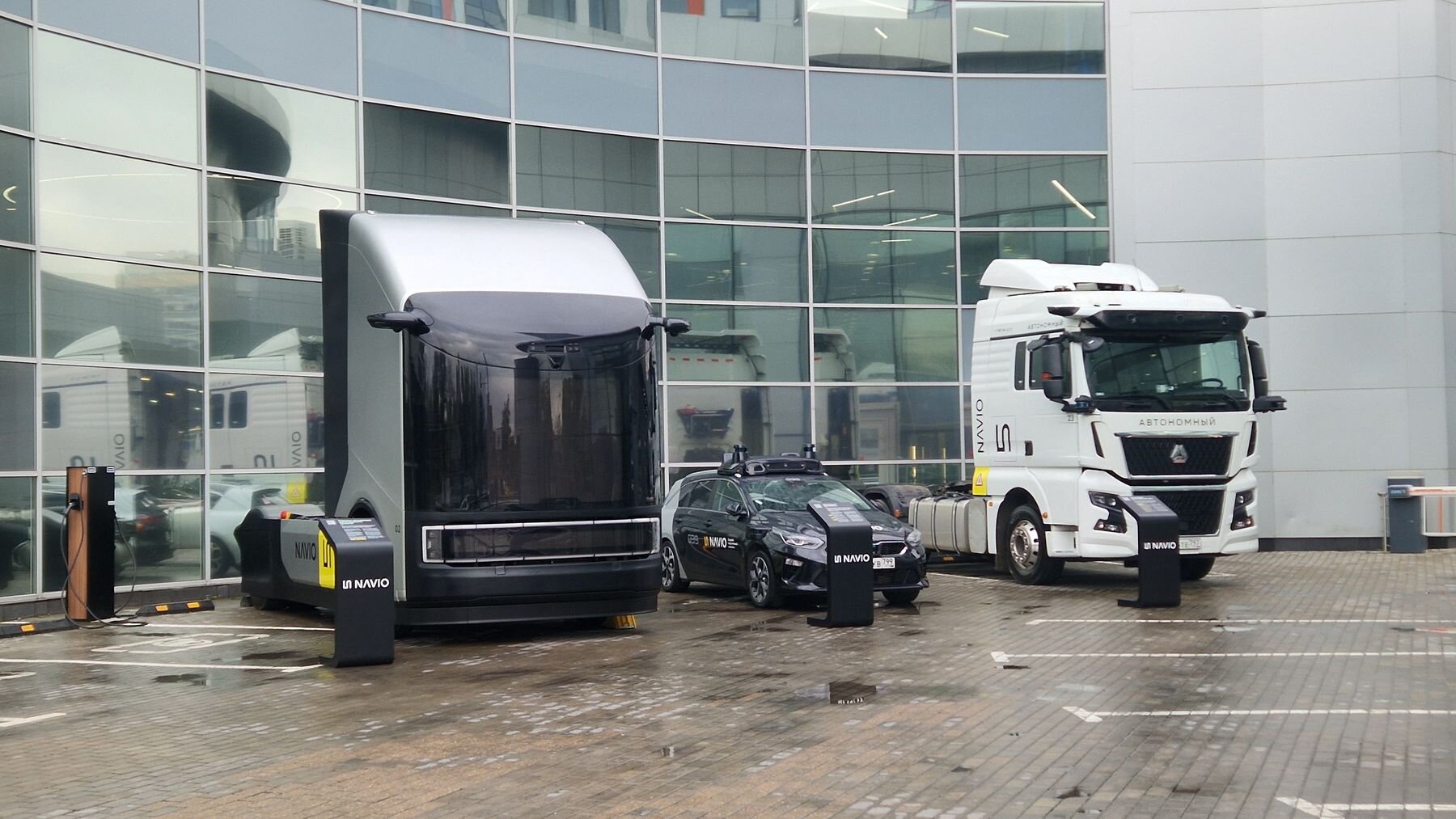Navio Unveils Innovative Simulator for Autonomous Vehicles
As discussions unfold regarding the legal status of autonomous transportation in Russia, the sector continues to make significant strides. We previously highlighted the deployment of autonomous trucks on the M-11 highway and the testing of self-driving taxis by Navio, a company that has transitioned from its original name of "Sbevravtotekh." Recently, Navio has introduced its latest technological advancement—a photorealistic simulator named NavioSim. Let’s delve into what this innovation entails and what it aims to achieve.
In the current landscape, the architecture of autonomous vehicles consists of several critical elements:
1. Sensors for environmental perception (including cameras, radars, and lidars);
2. Systems for determining positioning (maps and GPS modules);
3. Driver control systems for maneuvering the vehicle;
4. Software that manages the decision-making process.
The most arduous task is creating algorithms. Much of the required programming still relies on manual inputs, leading to the emergence of the Long Tail issue, which complicates the ability to address all potential driving scenarios. Navio has responded to this challenge by integrating generative artificial intelligence GenAI, based on VLA models (Vision-Language-Action), which provides a cohesive interaction between perception, decision-making, and behavior.
Notably, despite rigorous testing over millions of kilometers, certain roadway scenarios are still not accounted for in the AI's learning framework. In this context, the new NavioSim simulator serves as a solution for recreating diverse road scenarios in a virtual format.
Among the key features of NavioSim are its exceptional detail, akin to that seen in standard dashcam recordings, along with its ability to generate an unlimited variety of scenarios while accounting for different locations and environmental conditions, thereby expediting development processes and enhancing safety.
The simulator is capable of offering three levels of testing:
1. SIL (Software-in-the-Loop)—an environment for rapidly assessing the capability of algorithms;
2. HIL (Hardware-in-the-Loop)—a framework for troubleshooting software and hardware interactions;
3. VIL (Vehicle-in-the-Loop)—a comprehensive testing setup that allows vehicles to interact with complex scenarios.
The data utilized in creating these simulations derives from actual driving recordings as well as synthesized scenarios engineered through graphical tools. The impact of this transformative technology on the swift adoption of autonomous vehicles on public roadways will unfold over time. Meanwhile, work continues to enhance hardware systems, including methodologies for cleaning the cameras used in self-driving vehicles.
